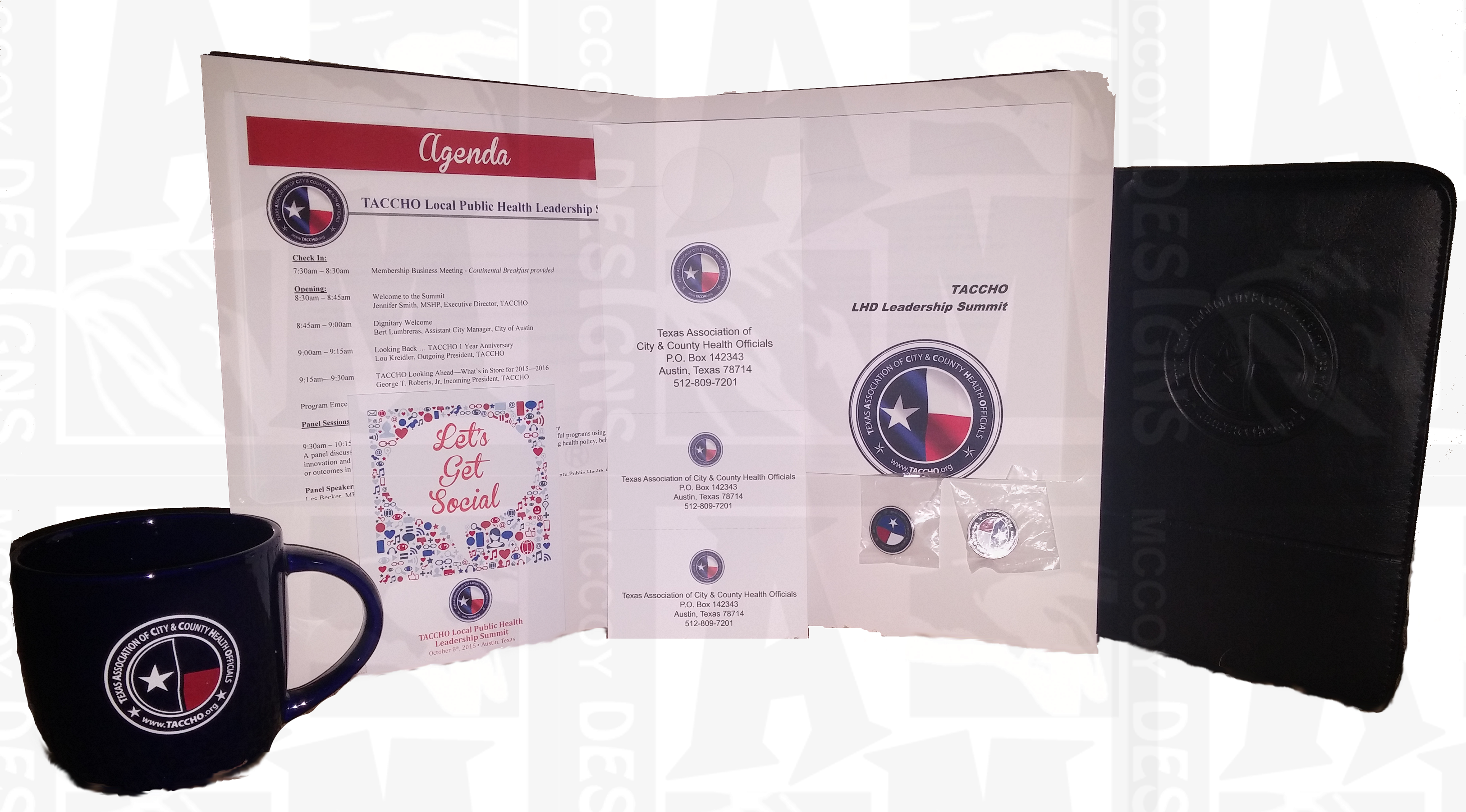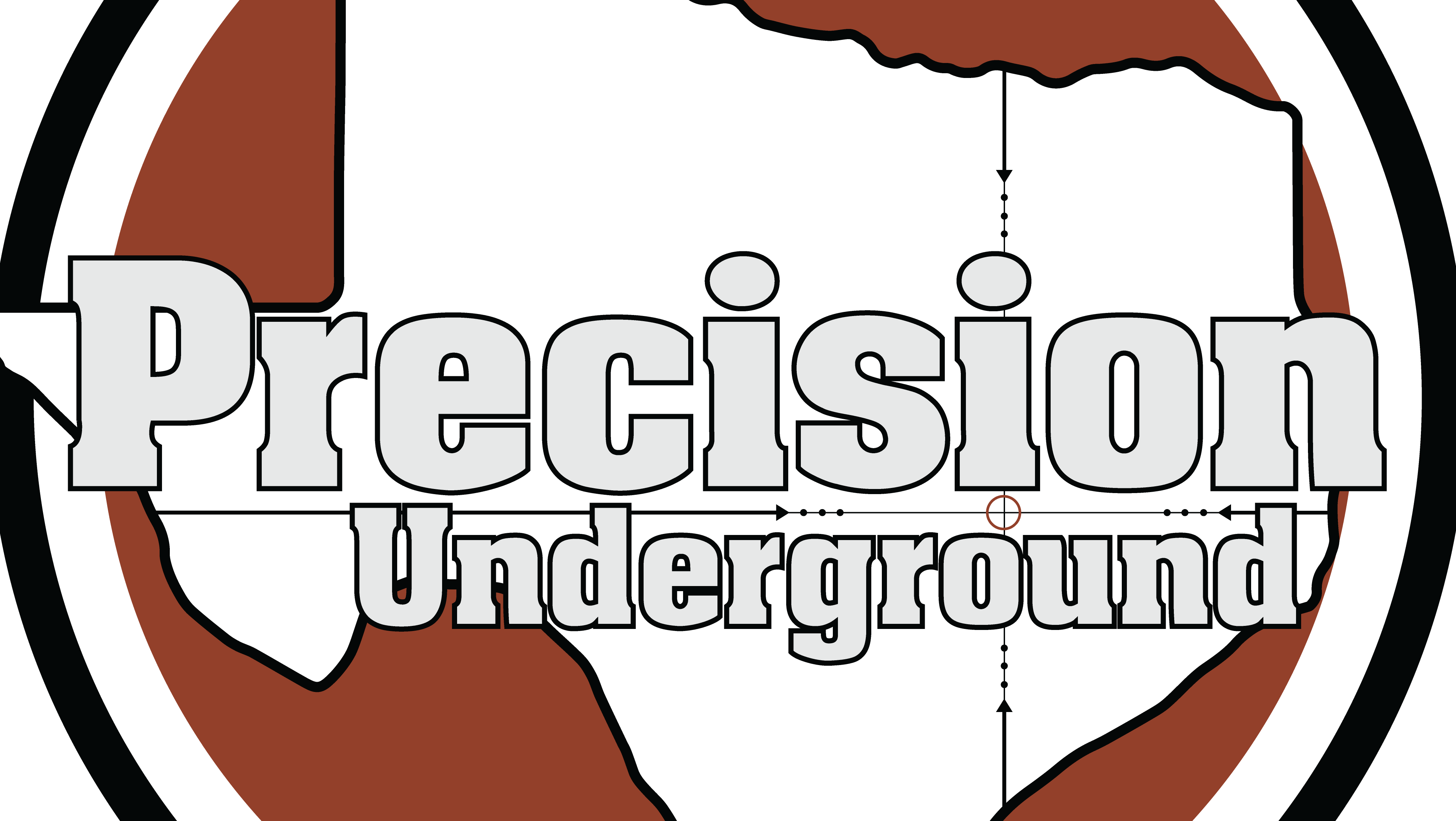Branding is far more than just a logo or a memorable tagline; it is the art and science of shaping perceptions, creating emotional connections, and building trust with an audience. It represents the fusion of messaging, visuals, and experiences that define a company or an individual in the marketplace. A strong brand tells a story, evokes feelings, and sets an entity apart from its competitors in an increasingly crowded world.
Branding is the heartbeat of any successful enterprise. It is the bridge between a business and its audience, built on trust, emotion, and shared values. While logos and slogans catch the eye, it is the deeper aspects, the promise, the story, and the experience that capture hearts. In an ever-evolving world, a strong brand is not just an asset; it is a legacy.
Video content created by Amanda Meredith using Microsoft PowerPoint, Adobe Express, Adobe Illustrator, and whiteboard strategies completed using AI and practical office software tools. Video demonstrates a variety of content creation techniques using a variety of programs to complete. It is a pure, authentic example of an educational and training style production. Copyright © projectdesign.pro Amanda Meredith
What is Branding?
At its core, branding is the process of crafting a unique identity for a product, service, company, or even an individual. It includes the development of a name, design, symbol, and other features that distinguish one entity from another. But branding transcends mere aesthetics, it is about shaping how people perceive and relate to the entity. A successful brand is an intangible asset, one that fosters loyalty, inspires advocacy, and adds value far beyond the sum of its parts.
Key Elements of Branding
Branding is built upon several foundational elements, each of which contributes to the overall identity and impact of the brand:
Brand Identity: This includes the visual elements such as the logo, color palette, typography, and design style. These components create the look and feel of the brand and serve as its face to the world.
Brand Voice: How a brand communicates its tone, language, and style plays a major role in how it is perceived. Is the brand professional, playful, authoritative, or casual? Consistency in voice strengthens identity.
Brand Promise: This is the core value proposition or the implicit guarantee of what the brand delivers to its audience. A clear and consistent promise fosters trust and reliability.
Brand Story: People connect with narratives, and every brand has a story to tell. A compelling brand story can humanize a company, create relatability, and forge emotional bonds.
Brand Experience: This encompasses every interaction a customer has with the brand, from the usability of a website to the quality of customer service. Every touchpoint matters.
The Importance of Branding
Branding is indispensable in today’s competitive environment. It is the cornerstone of how a business or individual is recognized, remembered, and trusted. Here are some of the ways branding creates value:
Differentiation
In a marketplace saturated with similar products and services, branding enables differentiation. A unique and cohesive brand identity helps an entity stand out and capture the attention of its target audience.
In a marketplace saturated with similar products and services, branding enables differentiation. A unique and cohesive brand identity helps an entity stand out and capture the attention of its target audience.
Emotional Connection
Great branding taps into emotions. Whether it’s the joy associated with a beloved product or the trust in a company’s reliability, emotional connections create loyal customers.
Great branding taps into emotions. Whether it’s the joy associated with a beloved product or the trust in a company’s reliability, emotional connections create loyal customers.
Credibility & Trust
A strong, consistent brand conveys professionalism and reliability. People are more likely to trust and engage with a brand that feels established and authentic.
A strong, consistent brand conveys professionalism and reliability. People are more likely to trust and engage with a brand that feels established and authentic.
Customer Loyalty
Branding fosters loyalty. When customers resonate with a brand’s values, story, or personality, they return to it, even amidst competing options.
Branding fosters loyalty. When customers resonate with a brand’s values, story, or personality, they return to it, even amidst competing options.
Business Growth
A recognizable and respected brand is a magnet for opportunities. From partnerships to market expansion, branding opens doors and drives growth.
A recognizable and respected brand is a magnet for opportunities. From partnerships to market expansion, branding opens doors and drives growth.
The Process of Building a Brand
Creating a compelling brand requires intentionality and strategy. The process typically involves several stages:
Research
Understanding the target audience, competitors, and market trends is the foundation of branding. Research reveals the insights needed to craft a unique and relevant identity.
Understanding the target audience, competitors, and market trends is the foundation of branding. Research reveals the insights needed to craft a unique and relevant identity.
Strategy
A brand strategy outlines the mission, vision, values, and positioning of the brand. It serves as a roadmap for every decision related to branding and marketing.
A brand strategy outlines the mission, vision, values, and positioning of the brand. It serves as a roadmap for every decision related to branding and marketing.
Design
This stage involves creating the visual and verbal elements of the brand, from logos and slogans to style guides and packaging.
This stage involves creating the visual and verbal elements of the brand, from logos and slogans to style guides and packaging.
Implementation
Once the brand elements are ready, they are introduced across every touchpoint, including websites, social media, advertising, and physical spaces.
Once the brand elements are ready, they are introduced across every touchpoint, including websites, social media, advertising, and physical spaces.
Evaluation & Evolution
Brands are not static; they evolve with time, consumer preferences, and market dynamics. Regular evaluation ensures that the brand remains relevant and effective.
Brands are not static; they evolve with time, consumer preferences, and market dynamics. Regular evaluation ensures that the brand remains relevant and effective.
Case Studies: Branding in Action
To understand branding’s transformative power, let’s take a look at a few examples:
Apple
Apple’s brand is synonymous with innovation, simplicity, and elegance. Its consistent branding from its minimalist logo to its premium packaging creates an aura of sophistication that communicates value.
Apple’s brand is synonymous with innovation, simplicity, and elegance. Its consistent branding from its minimalist logo to its premium packaging creates an aura of sophistication that communicates value.
Coca-Cola
Coca-Cola is a masterclass in emotional branding. The company’s association with happiness, togetherness, and nostalgia has made it one of the most beloved brands in the world.
Coca-Cola is a masterclass in emotional branding. The company’s association with happiness, togetherness, and nostalgia has made it one of the most beloved brands in the world.
Tesla
Tesla’s brand represents sustainability, innovation, and luxury. Its cutting-edge technology and visionary leadership have established it as a trailblazer in the electric vehicle industry.
Tesla’s brand represents sustainability, innovation, and luxury. Its cutting-edge technology and visionary leadership have established it as a trailblazer in the electric vehicle industry.
The Challenges of Branding
Despite its importance, branding is not without challenges. Maintaining consistency, staying relevant, and managing public perception require vigilance and adaptability. Additionally, in the digital age, brands face the scrutiny of an informed and vocal audience, making transparency and authenticity imperative.








